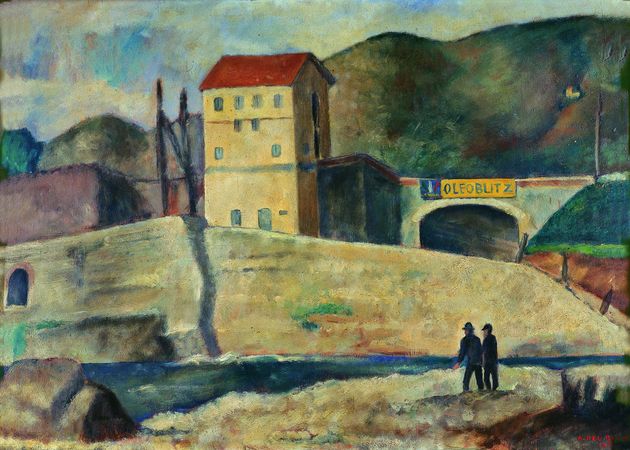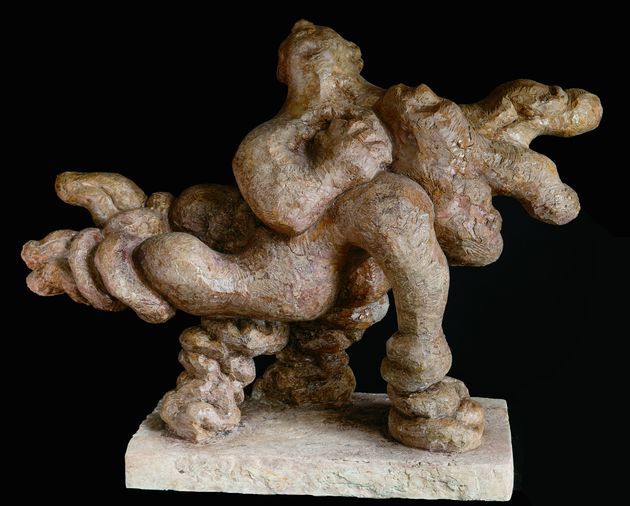Lorenzo Bartolini, born in Savignano, Prato, radically changed his artistic approach after his studies in Paris (1799-1808) in the studio of the most influential Neoclassical artist, Jacques-Louis David. In Paris he also made friends with the painter Jean-Auguste-Dominique Ingres, sharing his admiration for 15th-century Florentine art. In the models of Andrea del Verrocchio and Desiderio da Settignano he sought that spontaneity of gesture and expression which he then admirably transferred into his masterpiece, Faith in God.
We see nature as an inexhaustible source to be imitated rather than idealised in the relaxed intensity of a woman unburdening her soul to God in a gesture of pious devotion, while her hands clasp and unclasp in peaceful, silent prayer. Her body, revealed in the purity of its nakedness, is defined with a soft, flowing line expressing the yearning to abandon itself to the radiant heavenly presence. It was a beauty dictated by “reality”, as confirmed by the testimony of the man of letters Pietro Giordani, who said the sculptor had been inspired by the singular pose of a model as she rested during the modelling of the Ocean Nymph known as “Arnina”.
The marble also inspired a famous sonnet by the poet Giuseppe Giusti, who in 1837 described it thus: “Almost forgetful of the bodily shell/Rapt in Him who willingly forgives/ On her knees she abandons her lovely body/Softly, with one and the other palm /A languid pain, a heavenly calm/Seems to spread throughout her/But on her brow as she reasons with God/We glimpse the immortal ray of the soul”.
In the same room we can admire among other things Bartolini’s plaster model of the portrait of Mariana Gurieva, the marble sculpture which represents The Spinner , and a series of marble busts and casts.




























































